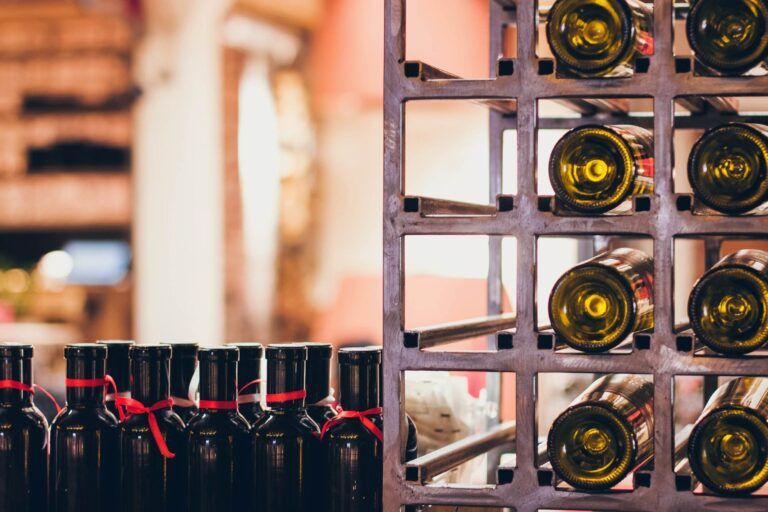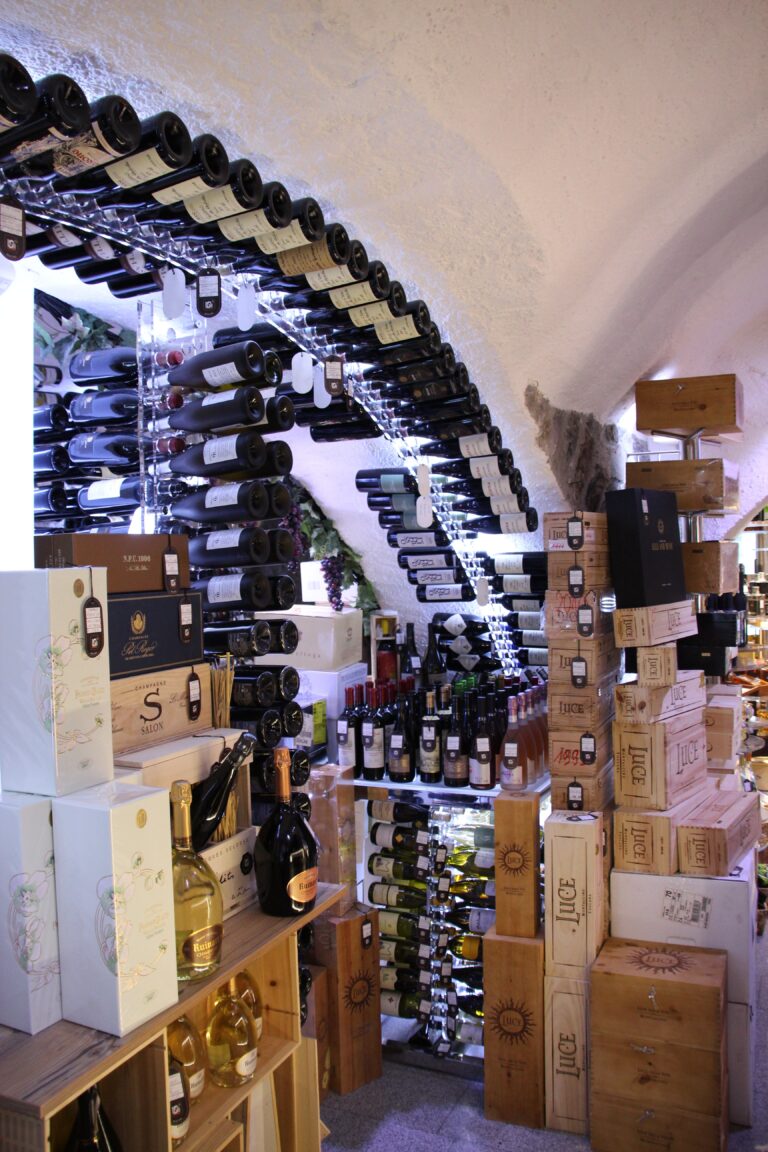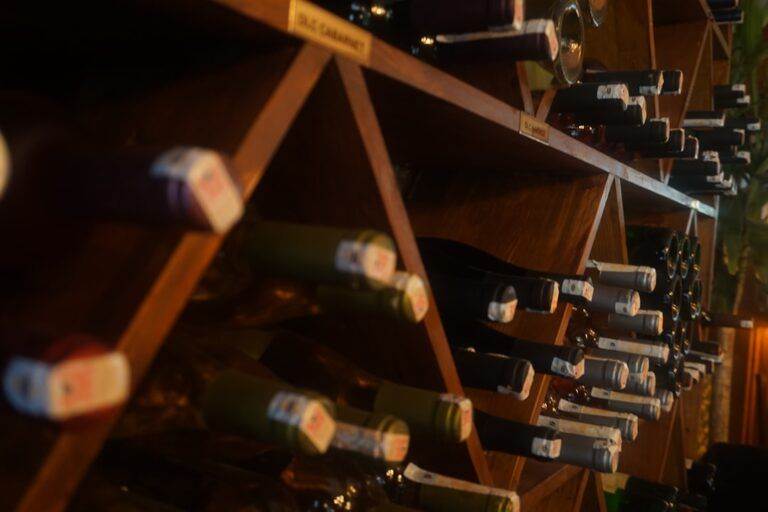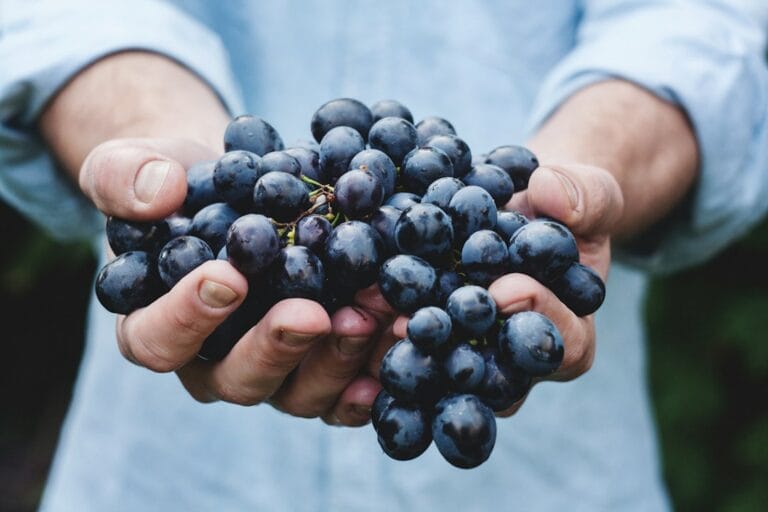How to Choose the Right Wine for Every Occasion
Understanding wine is an important skill to have, whether you are a casual wine drinker or a connoisseur. Wine is not just a beverage, but an experience that can enhance meals, create memorable moments, and bring people together. By understanding the basics of wine, identifying your preferences, and learning how to pair it with food, you can elevate your wine-drinking experience and truly appreciate the nuances of this ancient beverage.
Understanding the Basics of Wine
To understand wine, it is important to first familiarize yourself with the different types of wine. The main categories of wine are red, white, rosé, and sparkling. Red wines are made from dark-colored grapes and have a rich and robust flavor profile. White wines are made from light-colored grapes and tend to be lighter and crisper in taste. Rosé wines are made from red grapes but have a shorter fermentation period, resulting in a pink hue and a refreshing taste. Sparkling wines are carbonated and can range from dry to sweet.
The process of making wine involves several steps, including harvesting the grapes, crushing them to extract the juice, fermenting the juice with yeast to convert sugars into alcohol, aging the wine in barrels or tanks, and finally bottling it for consumption. Each step in the process can have an impact on the flavor and characteristics of the wine.
Understanding wine labels is also crucial in navigating the world of wine. Labels often provide information about the grape variety used, the region where the grapes were grown, the vintage (year the grapes were harvested), and sometimes even tasting notes or food pairing suggestions. Familiarizing yourself with these labels can help you make more informed choices when selecting a bottle of wine.
Identifying Your Wine Preferences
Discovering your wine preferences is a personal journey that involves exploring different flavors and styles of wine. One way to do this is by attending wine tastings or visiting wineries, where you can sample a variety of wines and learn about their characteristics. Pay attention to the different flavor profiles of wine, such as fruity, floral, earthy, or oaky. Experiment with different grape varieties and regions to see which ones you enjoy the most.
Identifying your preferred wine regions can also help narrow down your choices. Different regions have distinct climates and soil types that can influence the flavor of the grapes and ultimately the wine. For example, wines from cooler regions like Burgundy in France tend to be more acidic and lighter in body, while wines from warmer regions like Napa Valley in California are often fuller-bodied and fruit-forward.
Pairing Wine with Food
Pairing wine with food is an art form that can greatly enhance your dining experience. The basic principles of wine and food pairing involve finding complementary flavors and balancing the intensity of both the wine and the food. For example, a light-bodied white wine like Sauvignon Blanc pairs well with delicate seafood dishes, while a bold red wine like Cabernet Sauvignon complements rich and hearty dishes like steak.
When pairing wine with food, consider the flavors, textures, and intensities of both the wine and the dish. For example, a spicy dish may pair well with a slightly sweet Riesling to balance out the heat, while a creamy pasta dish may be complemented by a buttery Chardonnay. It is also important to consider the weight of both the wine and the food – lighter wines tend to pair well with lighter dishes, while heavier wines can stand up to more robust flavors.
Some common wine and food pairings include Chardonnay with grilled chicken or seafood, Pinot Noir with roasted duck or salmon, and Champagne with oysters or caviar. However, these are just guidelines – ultimately, it is up to your personal taste preferences to determine what pairings work best for you.
Choosing Wine for a Romantic Dinner
Selecting the perfect wine for a romantic dinner can set the mood and create a memorable experience. When choosing wine for a romantic dinner, consider the occasion and the preferences of your partner. If you know their favorite wine or grape variety, that can be a good starting point. Alternatively, you can choose a wine that is known for its romantic qualities, such as a sparkling rosé or a velvety red wine.
Sparkling wines like Champagne or Prosecco are often associated with celebrations and romance. Their effervescence and crisp acidity can refresh the palate and create a sense of elegance. Rosé wines, with their delicate pink hue and fruity flavors, are also popular choices for romantic dinners. For a more indulgent experience, consider selecting a rich and velvety red wine like a Merlot or a Cabernet Sauvignon.
When pairing wine with romantic foods, consider dishes that are known for their aphrodisiac qualities or that evoke feelings of romance. For example, oysters are often considered an aphrodisiac and pair well with sparkling wines. Chocolate desserts can be complemented by sweet dessert wines like Port or late-harvest Riesling. Ultimately, the most important thing is to choose wines and foods that you and your partner enjoy and that create a romantic atmosphere.
Selecting Wine for a Formal Event
Choosing wine for a formal event requires careful consideration to ensure that the wines complement the occasion and the food being served. When selecting wine for a formal event, it is important to take into account the preferences of your guests and any dietary restrictions they may have. It is also important to consider the overall theme or ambiance of the event.
Formal events often call for more elegant and sophisticated wines. Champagne is always a classic choice for toasting and celebrating special occasions. Its effervescence and crisp acidity make it a versatile option that can pair well with a variety of dishes. White wines like Chardonnay or Sauvignon Blanc can be served as an aperitif or paired with lighter appetizers. For the main course, consider serving a medium-bodied red wine like Pinot Noir or a Bordeaux blend.
When pairing wine with formal foods, it is important to consider the flavors and textures of the dishes. Lighter appetizers like seafood or salads can be complemented by a crisp and refreshing white wine. Rich and flavorful main courses like roasted meats or game can be paired with a full-bodied red wine. It is also important to consider the intensity of the flavors – delicate dishes may be overwhelmed by bold and tannic wines, while robust dishes may require a wine with more structure and complexity.
Picking Wine for a Casual Gathering
Selecting wine for a casual gathering is all about creating a relaxed and enjoyable atmosphere. When choosing wine for a casual gathering, consider the preferences of your guests and the type of food that will be served. Casual gatherings often call for easy-drinking and approachable wines that can be enjoyed by everyone.
For a casual gathering, consider serving wines that are crowd-pleasers and have broad appeal. Light-bodied white wines like Sauvignon Blanc or Pinot Grigio are refreshing options that pair well with a variety of appetizers and light dishes. Rosé wines are also popular choices for casual gatherings, as they are versatile and can be enjoyed on their own or paired with a range of foods.
When pairing wine with casual foods, it is important to consider the flavors and textures of the dishes. Finger foods like cheese and charcuterie boards can be complemented by a variety of wines, from light-bodied whites to medium-bodied reds. Grilled meats or burgers can be paired with fruity red wines like Zinfandel or Syrah. Ultimately, the most important thing is to choose wines that are easy-drinking and enjoyable for everyone.
Matching Wine with Seasonal Ingredients
Matching wine with seasonal ingredients is a great way to celebrate the flavors of each season and create harmonious pairings. Different seasons bring different ingredients, and each ingredient has its own unique characteristics that can be enhanced by the right wine.
In the spring, when fresh greens and delicate vegetables are abundant, light and crisp white wines like Sauvignon Blanc or Grüner Veltliner can be a refreshing choice. These wines complement the freshness and vibrancy of spring produce. Rosé wines are also popular choices in the spring, as they pair well with lighter dishes like salads or grilled seafood.
In the summer, when fruits and berries are at their peak, fruity and aromatic white wines like Riesling or Gewürztraminer can be a great match. These wines have a touch of sweetness that can balance out the acidity of summer fruits. Light-bodied red wines like Beaujolais or Pinot Noir can also be enjoyed in the summer, especially when served slightly chilled.
In the fall, when root vegetables and hearty greens are in season, medium-bodied red wines like Merlot or Syrah can be a good choice. These wines have enough structure and complexity to stand up to the earthy flavors of fall produce. Full-bodied white wines like Chardonnay or Viognier can also be enjoyed in the fall, especially when paired with roasted meats or creamy sauces.
In the winter, when rich and hearty dishes are on the menu, full-bodied red wines like Cabernet Sauvignon or Malbec can be a perfect match. These wines have bold flavors and tannins that can complement the richness of winter dishes. Full-bodied white wines like oaked Chardonnay or white Rhône blends can also be enjoyed in the winter, especially when paired with creamy soups or roasted poultry.
Finding the Right Wine for a Gift
Selecting wine as a gift can be a thoughtful and personal gesture. When choosing wine as a gift, consider the preferences of the recipient and the occasion for which the gift is intended. It is also important to consider the price range and any dietary restrictions or allergies the recipient may have.
When selecting wine as a gift, it is often a good idea to choose wines that are known for their quality and reputation. Wines from well-known regions like Bordeaux in France or Napa Valley in California are often safe choices. It can also be helpful to choose wines that have received high ratings or accolades from wine critics or publications.
When pairing wine with gift items, consider the occasion and the recipient’s preferences. For example, if the gift is for a celebration or a special occasion, consider pairing the wine with a box of chocolates or a bouquet of flowers. If the gift is for a food lover, consider pairing the wine with a selection of gourmet cheeses or charcuterie.
Exploring Different Types of Wine
Exploring different types of wine is a great way to expand your palate and discover new flavors and styles. There are countless grape varieties and wine regions to explore, each offering its own unique characteristics and expressions.
One way to explore different types of wine is by attending wine tastings or joining a wine club. These experiences allow you to sample a variety of wines and learn about their origins and production methods. It can also be helpful to keep a wine journal or take notes on the wines you try, so you can remember your favorites and track your preferences over time.
When exploring new wine options, it can be helpful to start with familiar grape varieties and then branch out to lesser-known varieties. For example, if you enjoy Cabernet Sauvignon, you may want to try other Bordeaux varietals like Merlot or Cabernet Franc. If you enjoy Chardonnay, you may want to explore other white Burgundy varietals like Aligoté or Pinot Blanc.
When pairing wine with different types of food, it is important to consider the flavors and textures of the dishes. Light-bodied white wines like Sauvignon Blanc or Pinot Grigio pair well with delicate seafood or salads. Medium-bodied red wines like Merlot or Syrah can be enjoyed with grilled meats or pasta dishes. Ultimately, the most important thing is to have fun and be open to trying new combinations.
Tips for Buying Wine on a Budget
Buying wine on a budget doesn’t mean sacrificing quality or flavor. With some careful planning and research, it is possible to find budget-friendly wines that offer great value for money.
One tip for buying wine on a budget is to look for wines from lesser-known regions or grape varieties. These wines often offer good value for money because they are not as well-known or in high demand. For example, wines from regions like Portugal, Argentina, or South Africa can often be found at more affordable prices compared to wines from more famous regions like Bordeaux or Napa Valley.
Another tip is to look for wines from smaller producers or boutique wineries. These wines are often made in smaller quantities and may not have the same marketing and distribution costs as larger producers. As a result, they can offer better value for money without compromising on quality.
When pairing wine with budget-friendly foods, it is important to consider the flavors and textures of the dishes. Light-bodied white wines like Sauvignon Blanc or Pinot Grigio can be enjoyed with simple seafood or salads. Medium-bodied red wines like Tempranillo or Grenache can be paired with grilled meats or pasta dishes. Ultimately, the most important thing is to choose wines that you enjoy and that offer good value for money.
Understanding wine is a journey that can be both educational and enjoyable. By familiarizing yourself with the basics of wine, identifying your preferences, and learning how to pair it with food, you can enhance your wine-drinking experience and truly appreciate the nuances of this ancient beverage. Whether you are selecting wine for a romantic dinner, a formal event, a casual gathering, or as a gift, there are endless options to explore and discover. So raise a glass and toast to the wonderful world of wine!







